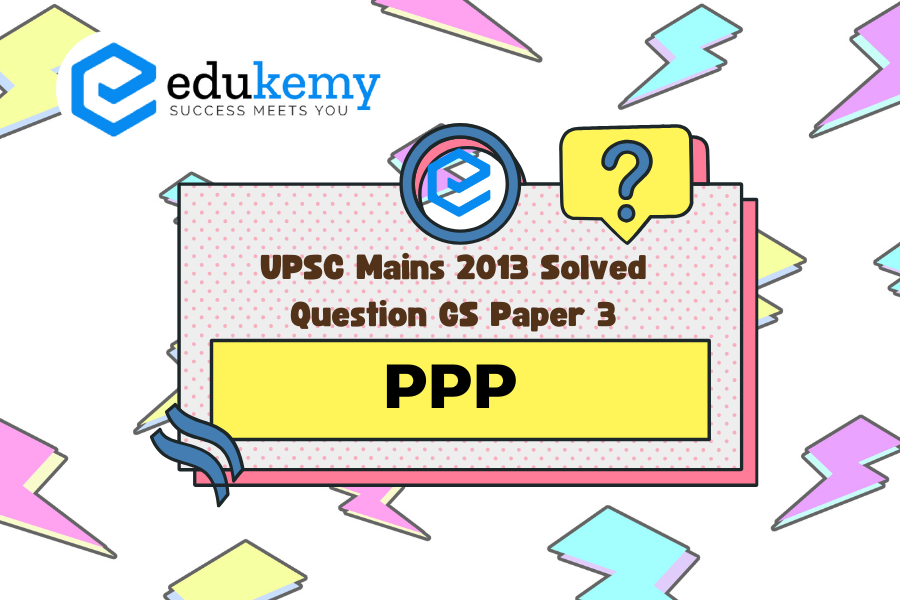The adoption of Public-Private Partnership (PPP) models for infrastructure development in countries has been met with both praise and skepticism. While proponents argue that PPPs offer innovative solutions to address infrastructure gaps by leveraging private sector efficiency and resources, critics raise concerns about their potential drawbacks and the implications for public interest. On the positive side, PPPs have the potential to accelerate infrastructure projects, tapping into private sector expertise and capital to deliver projects on time and within budget. Additionally, the risk-sharing aspect of PPPs can mitigate financial burdens on governments, allowing them to allocate resources to other pressing needs. Moreover, PPPs foster innovation and competition, driving efficiency and performance improvements in service delivery. However, the model has faced criticism on several fronts. One major concern is the risk of cost overruns and delays, with some projects experiencing unforeseen expenses or failing to meet expected timelines. Critics also highlight the potential for privatization of public assets, leading to increased costs for end-users and limited access to essential services, particularly for marginalized communities. Furthermore, the complex nature of PPP contracts and negotiations can lead to transparency issues and unequal power dynamics between the public and private sectors. In conclusion, while PPPs offer potential benefits for infrastructure development, careful consideration of their pros and cons is necessary to ensure they serve the public interest effectively.
Tag: Investment models. Indian economy and issues related to planning, mobilization of resources, growth development, and employment.
Contents
Decoding the Question:
- In the Introduction, define the concept of PPP.
- In Body,
- In the first part of the answer discuss the pros and;
- In the second part of the answer, discuss the cons of PPP.
- Conclude your answer with the underlying need for PPP.
Answer:
Public-private partnerships involve collaboration between a government agency and a private-sector company that can be used to finance, build, and operate projects, such as public transportation networks, parks, and convention centers. Public-private partnerships often involve concessions of tax or other operating revenue, protection from liability, or partial ownership rights over nominally public services and property to the private sector for-profit entities.
Pros of the PPP model:
- Advantages to Both Parties: Partnerships between private companies and governments provide advantages to both parties. Advantages such as fasten project completions, and involvement of the private sector will improve business opportunities for them also.
- Newer Technologies: Once the private sector is allowed or given work to complete, they bring all the available latest technologies to finish projects. Private-sector technology and innovation, for example, can help improve the operational efficiency of providing public services.
- Competitive Economy: The public sector, for its part, provides incentives for the private sector to deliver projects on time and within budget. In addition, creating economic diversification makes the country more competitive in facilitating its infrastructure base and boosting associated construction, equipment, support services, and other businesses.
Cons of PPP:
- Infrastructure or services delivered could be more expensive.
- PPP project public sector payments obligations postponed for the later periods can negatively reflect future public sector fiscal indicators.
- PPP service procurement procedure is longer and more costly in comparison with traditional public procurement.
- PPP project agreements are long-term, complicated, and comparatively inflexible because of the impossibility to envisage and evaluate all particular events that could influence future activity.
- The private partner may face special risks from engaging in a public-private partnership. Physical infrastructure, such as roads or railways, involves construction risks.
- If the product is not delivered on time, exceeds cost estimates, or has technical defects, the private partner typically bears the burden.
Although PPP has been criticized for its negative fallouts, India needs a huge amount of investment. The Finance Minister announced her plans at the start of the year to launch $1.5 trillion in infrastructure spending over the next five years. These infrastructural needs can be fulfilled by private sector involvement on a large scale. If India wants to become $5 trillion by 2025, building world-class infrastructure is imperative and a prerequisite.
In case you still have your doubts, contact us on 9811333901.
For UPSC Prelims Resources, Click here
For Daily Updates and Study Material:
Join our Telegram Channel – Edukemy for IAS
- 1. Learn through Videos – here
- 2. Be Exam Ready by Practicing Daily MCQs – here
- 3. Daily Newsletter – Get all your Current Affairs Covered – here
- 4. Mains Answer Writing Practice – here


